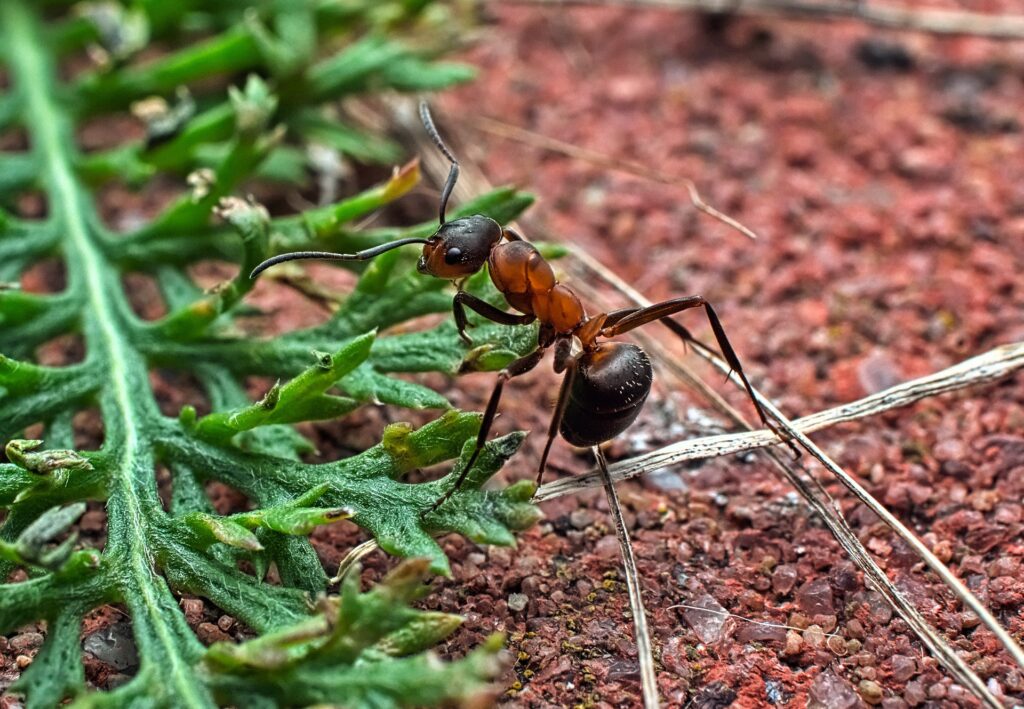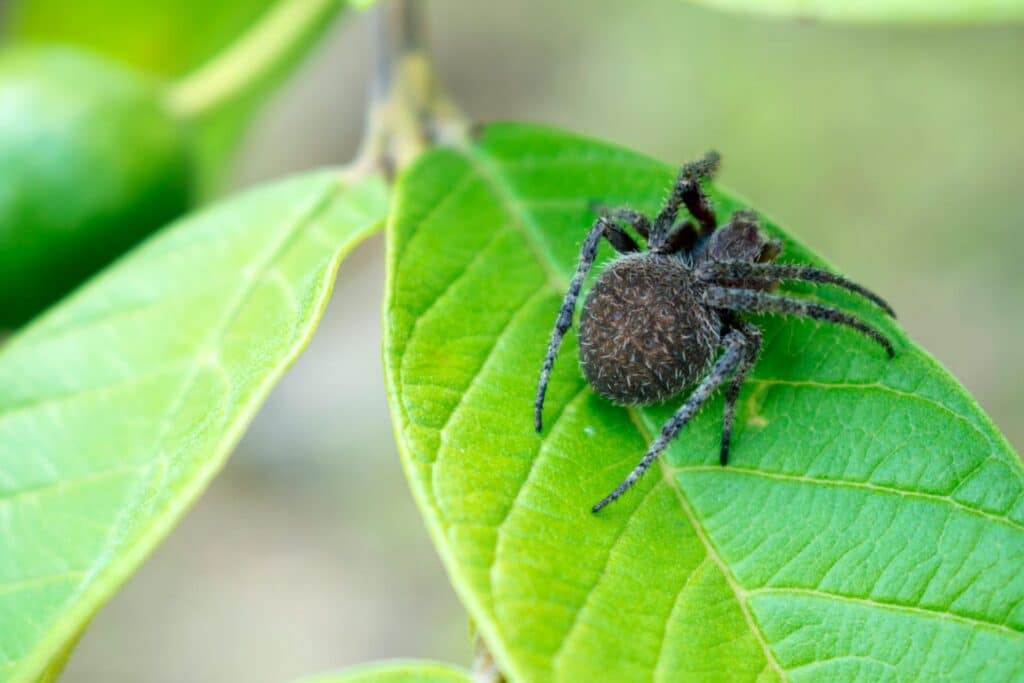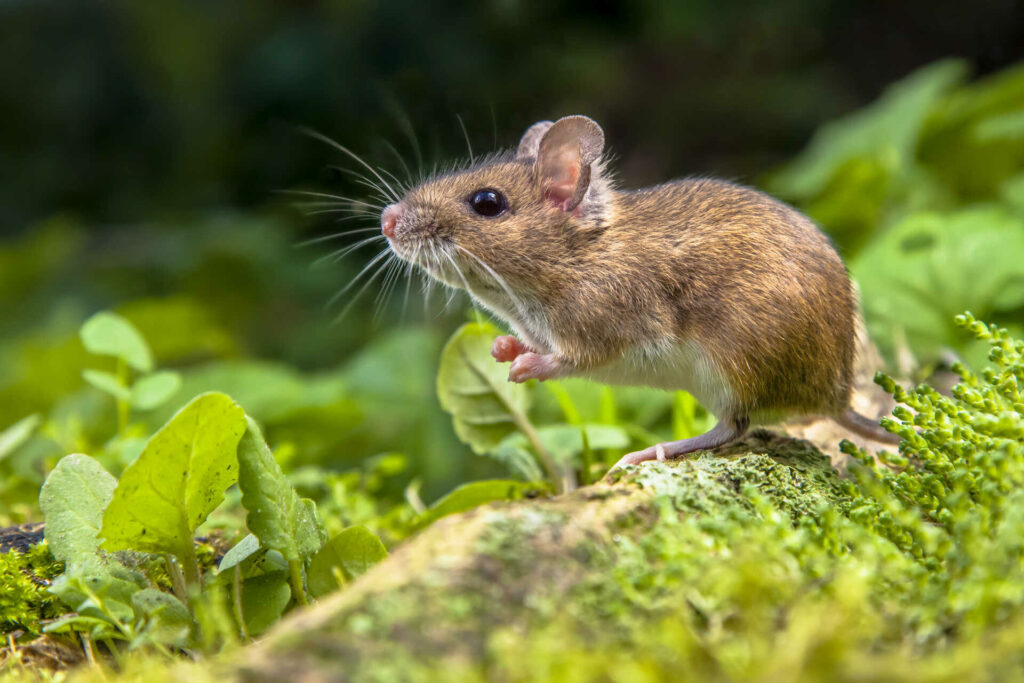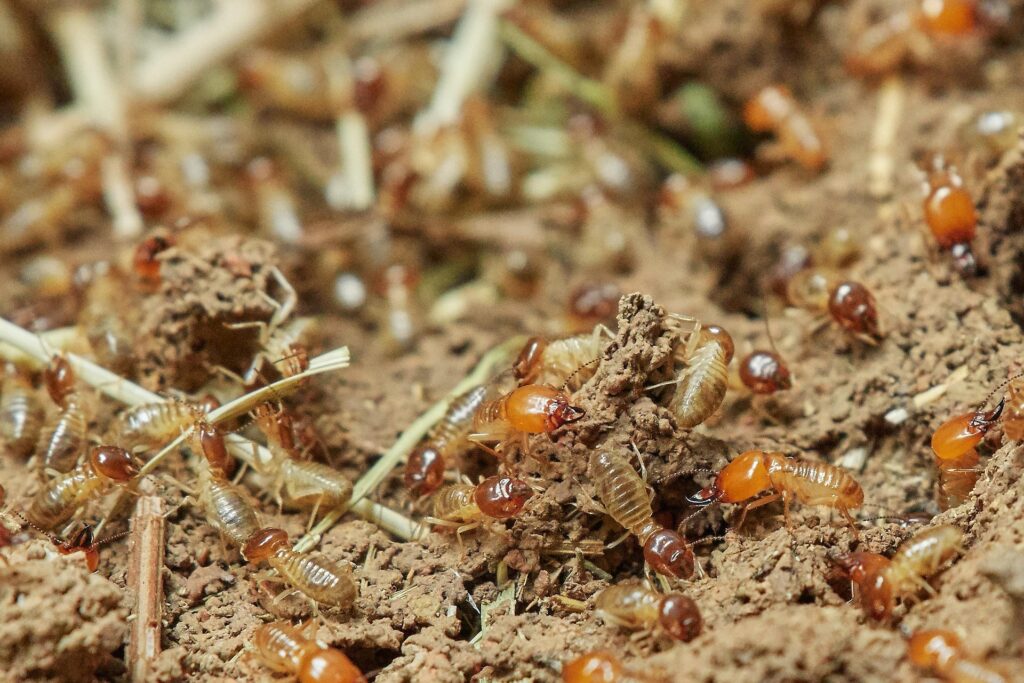Foundation cracks often go unnoticed until you’re dealing with a serious pest problem inside your home. Even small cracks and gaps in your foundation provide an easy pathway for pests to move from your garden directly into your living space.
Without properly sealing these entry points, insects and rodents can quickly establish themselves inside your walls and other hidden areas. Understanding how these pests enter and taking proactive steps to prevent them can save you considerable time, money, and frustration.
Why Pests Use Foundation Cracks to Enter Homes
Even seemingly minor cracks in your foundation walls can serve as welcome entry points for a variety of garden pests. Ants, spiders, and rodents actively use these gaps to transition from your garden into the comfort of your home. These cracks provide shelter from predators and harsh weather conditions, making them particularly attractive to pests searching for warmth, food, and water.
Moisture around your foundation creates additional problems. When water collects near your foundation walls, it can soften materials and make it even easier for pests to work their way through existing cracks. Once these pests make it inside, they typically multiply quickly and can become extremely difficult to eliminate without professional help.
Common Pests That Use Foundation Cracks
Here are the most common types of pests you are likely to find work their way through foundation cracks.
Ants

Ants are constantly traveling in search of food and shelter, and they can slip through incredibly tiny openings in your foundation. Once they’ve found a way in, they can establish extensive colonies inside your walls, kitchens, and basements. You might notice them first along windowsills or near food sources in your kitchen.
Spiders

Spiders typically follow other insects into your home. If other pests are finding ways inside through foundation cracks, spiders will likely follow to hunt them. Once they’ve entered, they’ll spin webs in corners and undisturbed areas throughout your home. While most house spiders are harmless, species like the brown recluse or black widow can pose health risks if they establish themselves inside.
Rodents

Mice and rats need surprisingly small openings to gain access to your home. A mouse can squeeze through a hole the size of a dime, while rats can enter through quarter-sized openings. Once inside, these pests can cause serious problems by chewing on insulation, electrical wiring, and stored food. Rodents also reproduce extremely quickly, which means a minor intrusion can develop into a full-blown infestation in very little time.
Cockroaches

Cockroaches thrive in damp conditions, making foundation cracks near moist soil particularly appealing. These resilient pests can easily move from outdoor soil directly into indoor spaces, especially if moisture is present. Their flat bodies allow them to squeeze through incredibly small openings in your foundation.
Termites

Termites actively use foundation gaps to access wooden structures within your home. If they find a way inside through these cracks, they can cause significant structural damage before you even realize they’re present. This makes them one of the most destructive pests that can enter through foundation issues.
Garden Pest Prevention Strategies

Here are some strategies to help you from bringing pests into your home through cracks in your foundation. If you need any help, it is often worth it to hire a pest control service to come and take a look at where you can seal cracks if needed.
Inspect Your Foundation Regularly
Make it a habit to thoroughly inspect your foundation at least seasonally. Look carefully for cracks, holes, or gaps around your home’s exterior walls. Even openings that seem too small to be concerning can provide entry for certain pests. You’ll want to pay special attention to areas where pipes or cables enter your home, as these are common pest entry points that are often overlooked.
Seal Cracks and Gaps
Once you’ve identified potential entry points, use appropriate materials like caulk, concrete filler, or weather stripping to seal any openings. This creates an effective barrier that prevents pests from using foundation cracks to enter your home. For larger gaps that rodents might exploit, expanding foam can provide an effective seal when applied properly.
Keep Soil and Mulch Away from Foundation Walls
Keep soil and mulch at least 6 inches away from your foundation walls to reduce pest access points. Moist soil and thick mulch naturally attract many garden pests, so maintaining this gap is crucial for prevention. Consider using gravel or stone as a barrier instead of wood mulch near your foundation, as wood products retain moisture and can attract wood-destroying insects.
Fix Drainage Issues
Standing water around your home not only weakens foundation materials but also creates an environment that attracts moisture-loving pests. Ensure your gutters and downspouts direct water well away from your foundation. Regularly check for and clear any clogged drains that might cause water to pool near your walls, especially after heavy rainfall.
Store Firewood and Debris Away from Your Home
Store firewood, bricks, and other debris at least several feet away from your foundation to limit potential nesting sites for pests. These materials often provide ideal shelter for various insects and rodents. Make it a practice to regularly inspect stored firewood for signs of termites and other wood-destroying pests before bringing it into your home.
Use Pest Barriers and Screens
Install fine mesh screens over vents, crawl spaces, and air ducts to prevent pest entry while maintaining proper ventilation. Door sweeps can also help block rodents from squeezing through gaps under doors leading to basements or garages. These simple barriers can be highly effective at keeping pests outside where they belong.
Trim Vegetation Near Your Home
Overgrown plants and tree branches that touch your home act as natural bridges for pests to access your foundation walls and roofline. Make sure to trim back foliage to maintain at least a 12-inch gap between plants and your home’s exterior. This simple step eliminates easy access routes for many common garden pests.
Addressing a Persistent Pest Problem

If pests continue to enter your home despite your best efforts at sealing cracks, there may be a larger infestation nearby or hidden entry points you haven’t discovered. Some pests, such as termites or rodents, may already have established nests inside walls or under foundations. Ignoring these persistent issues can lead to structural damage and increasingly costly repairs.
Our pest control experts can identify all problem areas around your foundation and provide targeted treatments. Our technicians have the training and knowledge to locate hidden infestations and apply effective treatments to eliminate existing pests while preventing future invasions.
If you suspect an ongoing pest issue related to foundation cracks, get a free quote today for a detailed inspection of your property. Taking action now can prevent more serious pest problems from developing in the future.









